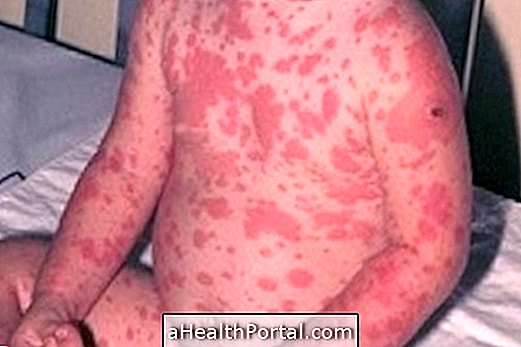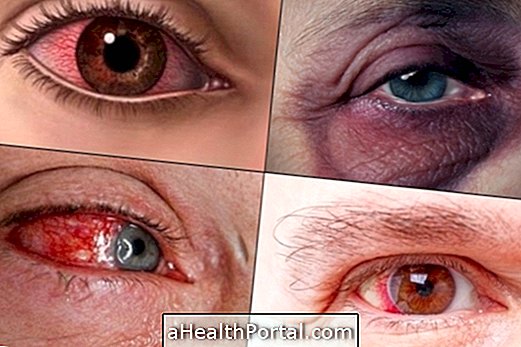Fournier's syndrome is a rare disease caused by a bacterial infection that affects the genital region and causes death of the cells, leading to the appearance of gangrene-like symptoms such as:
- Skin of the inner red region that later evolves to darkened;
- Intense and constant pain;
- Fetid smell and swelling of the region;
- Fever above 38ºC;
- Excessive tiredness.
Fournier syndrome is generally more common in men than women, and children and the elderly are the most affected due to weakening of the immune system.
Fournier's syndrome has a cure and is not contagious, but its treatment should be started as soon as possible because the number of dead cells increases over time and can be life-threatening.

How is the treatment done?
Treatment is usually initiated with surgery to remove all skin and dead cells, preventing the development of the disease. In addition, a piece is sent to the laboratory to confirm the presence of the E. coli bacteria, which is responsible for this problem.
Then, depending on the degree of development of gangrene, the doctor may recommend the use of oral antibiotics or directly into the vein, such as Vancomycin or Ampicillin, to prevent the disease from recurring.
In more severe cases, it may be necessary to remove a lot of affected skin and tissues so that the patient can stay in for several days until the skin and all affected tissues grow back.
Because it is a mutilating disease, some patients may still need to have new surgeries to rebuild the intimate region, as well as psychological treatment to support and clarify doubts.
See more about how the treatment of this disease is done.
What can cause the syndrome
The causes of Fournier's syndrome are not yet known, but the disease is related to the development of E. coli bacteria and other microorganisms in the tissues of the intima, which arise due to:
- Lack of hygiene;
- Skin folds, which accumulate bacteria;
- Diabetes mellitus;
- Morbid obesity;
- Low vascularization and thrombosis in the blood vessels of the region;
- Bruises with bruises;
- Small infections.
Other risk factors include malignancy, cirrhosis, alcoholism, and drug abuse. In addition, the overuse of antibiotics contributes to the increase of cases of the disease.






















